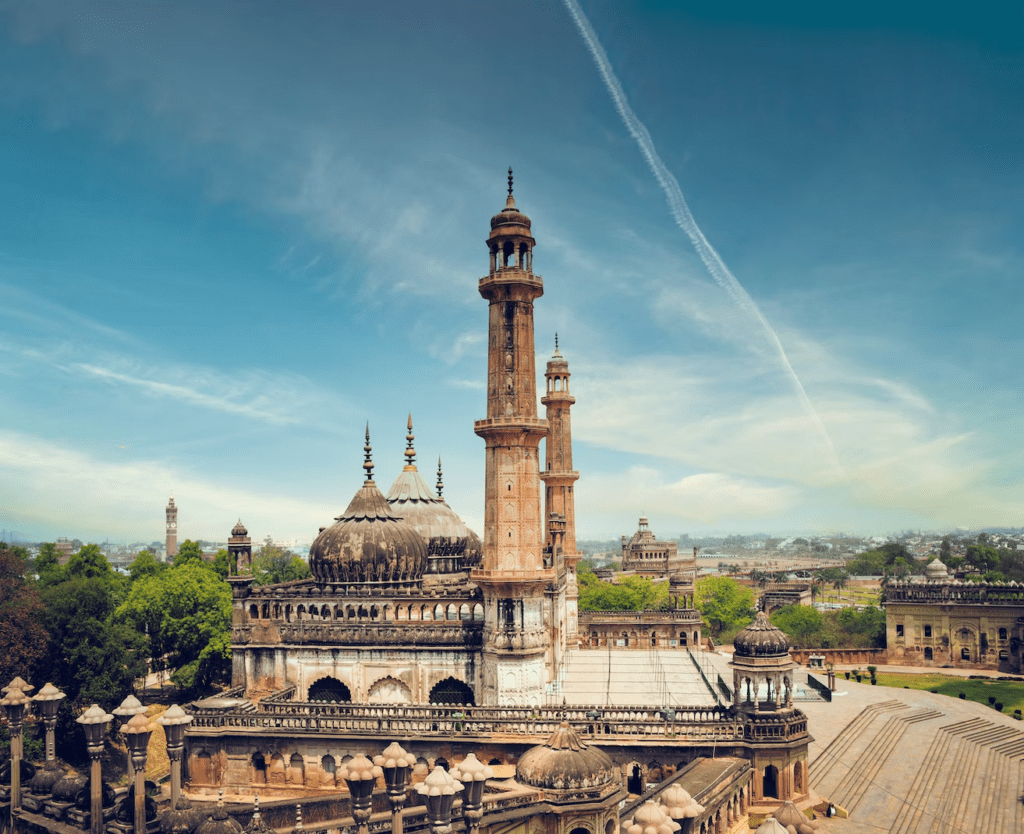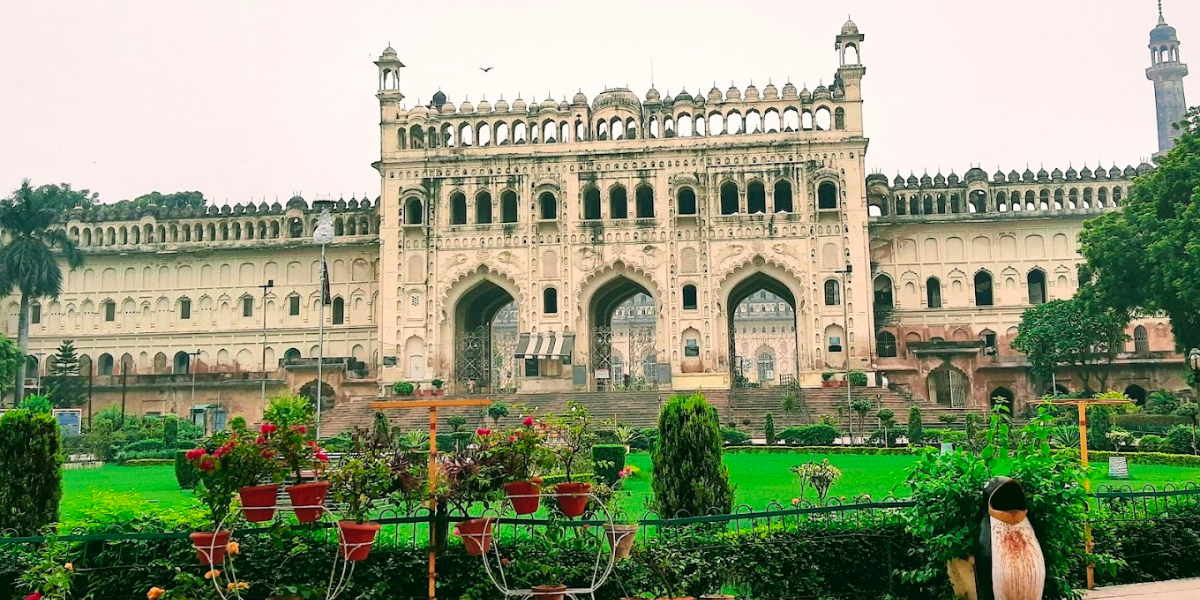Bara Imambara
Bara Imambara is one of the most iconic and historic landmarks of Lucknow, the capital city of Uttar Pradesh in India. This magnificent structure is a unique blend of Islamic and Mughal architecture and has been attracting tourists from around the world for decades.

Source: Wikipedia
The Bara Imambara was built in 1784 by Nawab Asaf-Ud-Daula, who was the fourth Nawab of Awadh. The purpose of its construction was to provide employment to the famine-stricken people of the region. The structure is also known as Asafi Imambara, named after Nawab Asaf-Ud-Daula.
The Bara Imambara is a marvel of engineering and architectural excellence, and it is said to be one of the largest arched constructions in the world. The Imambara consists of a large central hall, which is over 50 feet high and nearly 163 feet long, with no pillars or beams to support the ceiling.
The central hall of the Imambara is also known as the Bhulbhulaiya or the Labyrinth, which is a maze of narrow corridors and secret passages. The Bhulbhulaiya has around 1,000 interconnected passages that lead to various parts of the structure, including a rooftop balcony that offers breathtaking views of the city.
The construction of the Bara Imambara is a testament to the skills of the artisans and architects of the region. The building is made of bricks and lime plaster, and it has a unique vaulted ceiling that is made of rice husk.
The use of rice husk in the construction of the ceiling is said to provide the building with its unique acoustic properties, which allow even a whisper to be heard from one end of the hall to the other.
One of the most remarkable features of the Bara Imambara is its colossal arched entrance gate, which is over 60 feet high and 30 feet wide. The gate is known as the Rumi Darwaza and is modeled after the famous gateway in Istanbul, Turkey. The Rumi Darwaza is adorned with intricate carvings and has become one of the most recognized symbols of Lucknow.

Image Source
The Bara Imambara is also home to the Asafi Mosque, which is located on the west side of the central hall. The mosque is a beautiful example of Mughal architecture and is adorned with exquisite calligraphy and delicate floral designs.
Today, the Bara Imambara is not only a significant religious site but also a popular tourist attraction. Visitors from around the world come to witness the beauty and grandeur of this architectural masterpiece. The complex also has a museum that houses a collection of paintings, manuscripts, and other artifacts related to the history of Lucknow.
In conclusion, the Bara Imambara is a remarkable structure that represents the rich history and culture of Lucknow. Its unique architecture, intricate design, and fascinating history make it one of the most iconic landmarks of the city. A visit to the Bara Imambara is a must for anyone traveling to Lucknow, and it is sure to leave a lasting impression on all who experience its grandeur.

